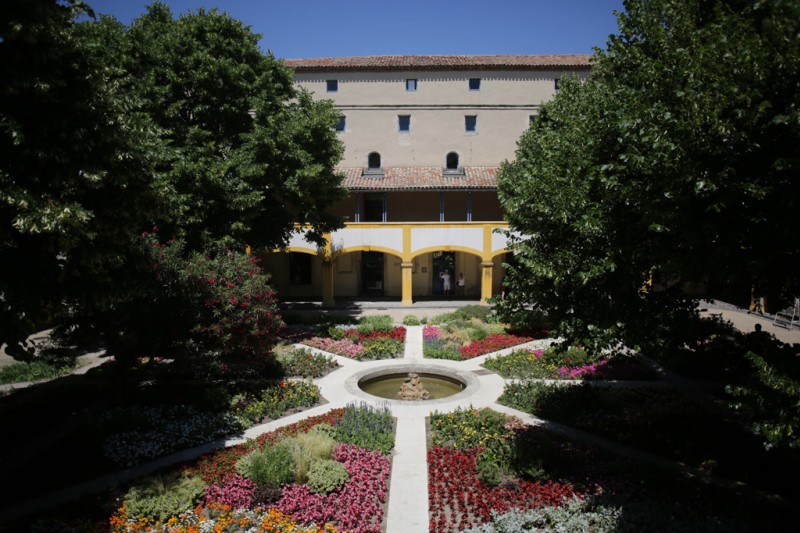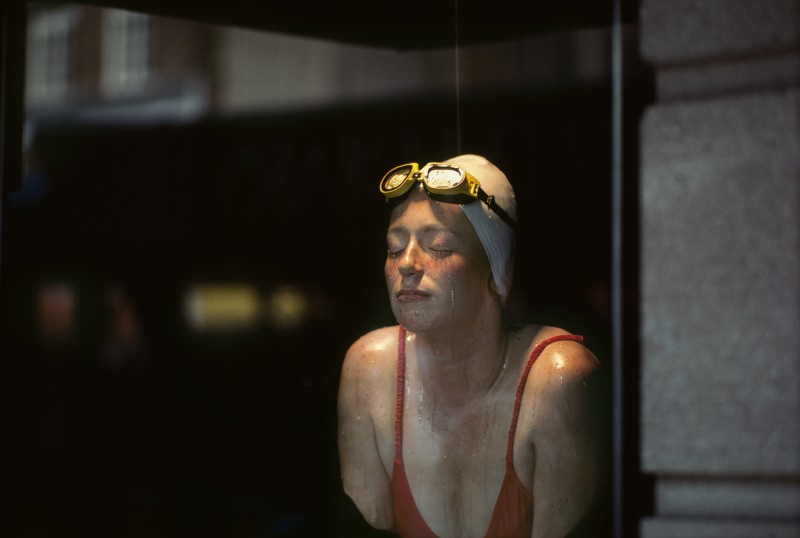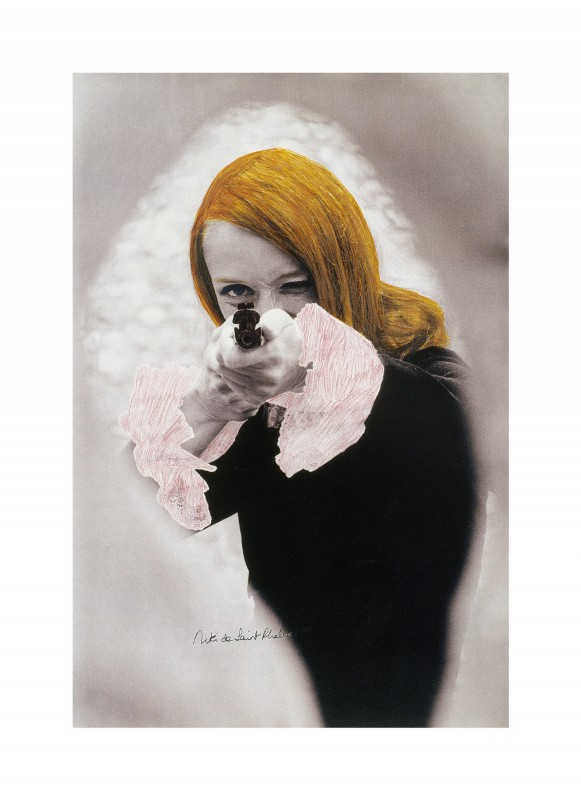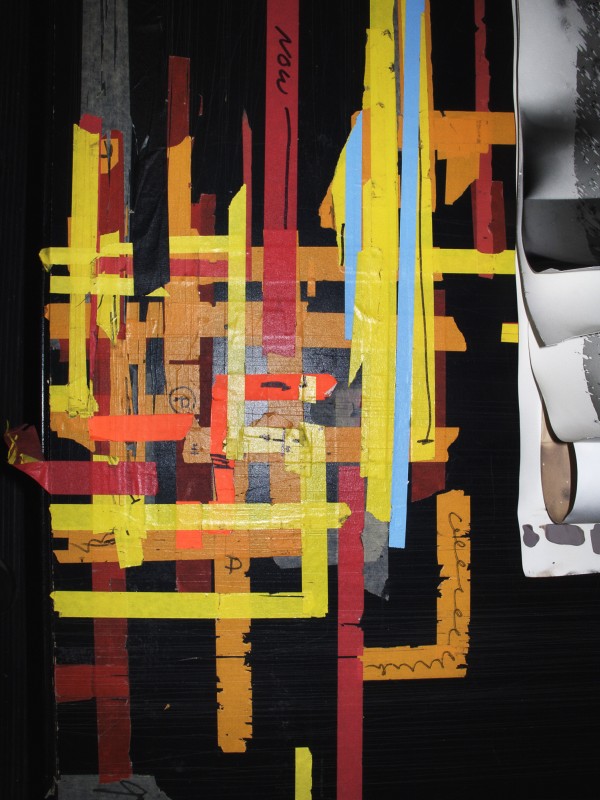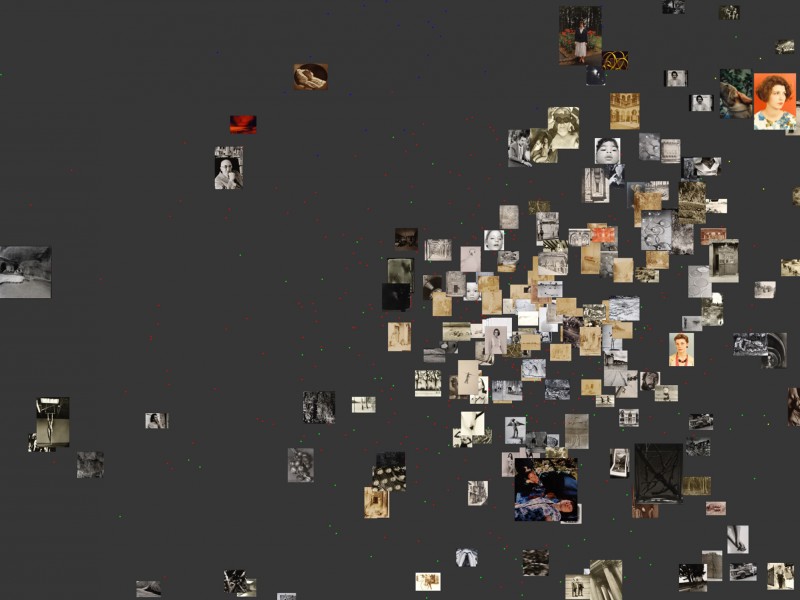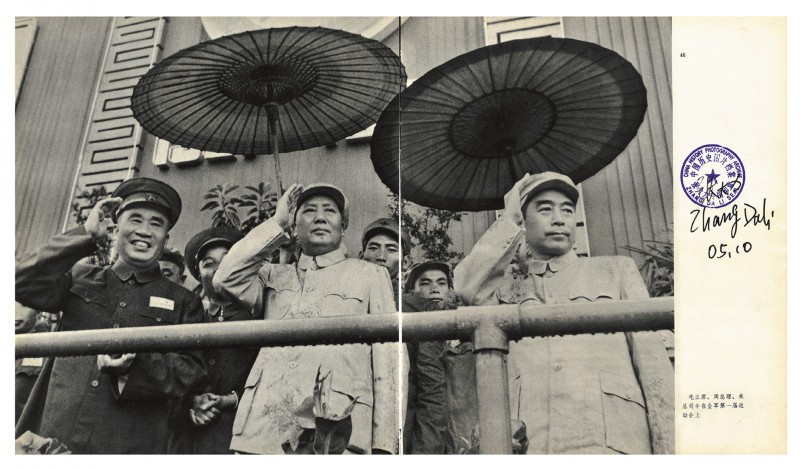Edition 2010
Polaroid in peril!
For more than half a century, the name Polaroid was synonymous with instantaneous photography. Amateurs and professionals alike loved the act of clicking the shutter, ejecting the print, and watching the image form. Moreover, the malleability of the process opened up all kinds of expressive possibilities. The Polaroid format, with its distinctive white frame, was immediately identifiable, and the uniqueness of each image was a prized aspect. Shortly after its launch in 1948, Polaroid became a cult object, and by 1960 nearly half of American households owned one of the many kinds of cameras that the company produced. Meanwhile, professionals of different stripes found Polaroid materials useful and of the highest quality.
Since its founding in 1937, the Polaroid Corporation sought to innovate in many areas. Before the Second World War, it was known for its polarizing filters, its microscopes and its military sunglasses. Understanding that artists were most likely to come up with new applications for its films (colour as well as black and white)—and to push the process in unforeseen directions, indeed to its limits—Edwin H. Land, Polaroid’s founder, offered cameras and/or film to photographers in exchange for contributions of prints. The company continued this programme for many years, giving artists, known and unknown, carte blanche to experiment. A Polaroid Collection was established, bringing together more than 16,000 works.
For twenty years, the Musée de l’Elysée has preserved the more than 4,500 original prints of the European Polaroid Collection. This unique collection houses the works of 850 photographers, including such well-known figures as Ansel Adams, Gabriele Basilico, Nancy Burson, Helen Chadwick, Walker Evans, Joan Fontcuberta, Ralph Gibson, Luigi
Ghirri, Yousuf Karsh, David Levinthal, Sally Mann, Robert Mapplethorpe, Helmut Newton, Robert Rauschenberg, Stephen Shore, Aaron Siskind, Andy Warhol, William Wegman and Minor White.
Despite the enthusiasm of professionals and amateurs, Polaroid film and cameras were a victim both of the dig- ital revolution and catastrophic management decisions. The successive bankruptcies of the Polaroid Corporation (2001 and 2008) are now threatening the future of its collections in the United States and Europe, which have somehow remained intact. In June 2010, a small but significant part of the collection will be auctioned by the current owners. If these and other works are sold off piecemeal, it will represent the loss of an unparalleled archive, indeed a rich chapter of photographic history. The Musée de l’Elysée hopes that a solution will be found quickly to avoid the break up of this unique collection.
William Ewing, exhibition curator
Exhibition organized in association with the Musée de l’Élysée, Lausanne.
www.elysee.ch
Exhibition venue: Espace Van Gogh.
For more than half a century, the name Polaroid was synonymous with instantaneous photography. Amateurs and professionals alike loved the act of clicking the shutter, ejecting the print, and watching the image form. Moreover, the malleability of the process opened up all kinds of expressive possibilities. The Polaroid format, with its distinctive white frame, was immediately identifiable, and the uniqueness of each image was a prized aspect. Shortly after its launch in 1948, Polaroid became a cult object, and by 1960 nearly half of American households owned one of the many kinds of cameras that the company produced. Meanwhile, professionals of different stripes found Polaroid materials useful and of the highest quality.Since its founding in 1937, the Polaroid Corporation sought to innovate in many areas. Before the Second World War, it was known for its polarizing filters, its microscopes and its military sunglasses. Understanding that artists were most likely to come up with new applications for its films (colour as well as black and white)—and to push the process in unforeseen directions, indeed to its limits—Edwin H. Land, Polaroid’s founder, offered cameras and/or film to photographers in exchange for contributions of prints. The company continued this programme for many years, giving artists, known and unknown, carte blanche to experiment. A Polaroid Collection was established, bringing together more than 16,000 works.For twenty years, the Musée de l’Elysée has preserved the more than 4,500 original prints of the European Polaroid Collection. This unique collection houses the works of 850 photographers, including such well-known figures as Ansel Adams, Gabriele Basilico, Nancy Burson, Helen Chadwick, Walker Evans, Joan Fontcuberta, Ralph Gibson, LuigiGhirri, Yousuf Karsh, David Levinthal, Sally Mann, Robert Mapplethorpe, Helmut Newton, Robert Rauschenberg, Stephen Shore, Aaron Siskind, Andy Warhol, William Wegman and Minor White.Despite the enthusiasm of professionals and amateurs, Polaroid film and cameras were a victim both of the dig- ital revolution and catastrophic management decisions. The successive bankruptcies of the Polaroid Corporation (2001 and 2008) are now threatening the future of its collections in the United States and Europe, which have somehow remained intact. In June 2010, a small but significant part of the collection will be auctioned by the current owners. If these and other works are sold off piecemeal, it will represent the loss of an unparalleled archive, indeed a rich chapter of photographic history. The Musée de l’Elysée hopes that a solution will be found quickly to avoid the break up of this unique collection.William Ewing, exhibition curator
Exhibition organized in association with the Musée de l’Élysée, Lausanne.
Exhibition venue: Espace Van Gogh.


